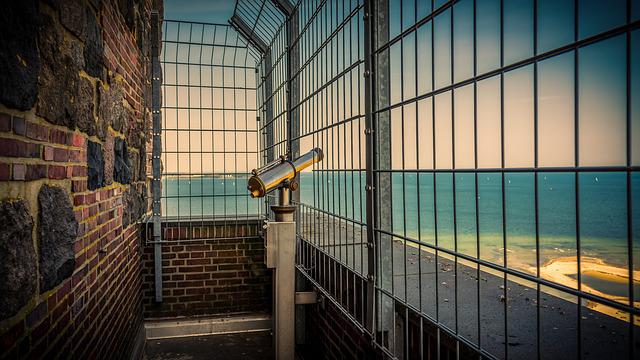
A telescope is an instrument that allows you to view something that is far away.
A telescope is a device that makes it possible to view something that is at a great distance , in a more detailed way than if you observed it directly with your eyes. It therefore offers an enlarged image of the object in question.
Its history is linked to various optical and physical discoveries. The first of these devices was created in 1608 by the German scientist Hans Lippershey ( 1570 – 1619 ). It was a refracting telescope with a concave ocular lens and a convex type objective: the refraction of luminosity in the lens of these devices causes the rays, which run in parallel, to end up converging at the same point that is part of the focal plane.
Historical evolution of the telescope
Over time, reflecting telescopes emerged that, instead of lenses, used mirrors to focus the light and achieve the formation of images. There are also others that are called catadioptric and that combine the properties of mirrors and lenses .
The first astronomical telescope was registered in 1609 by Galileo Galilei , who managed to observe the planet Jupiter , the Moon and various stars . From then on, telescopes were the basis for the development of astronomy (the science dedicated to the analysis of celestial bodies).
The diameter of the objective (either the mirror or the main lens of the telescope), the focal length (the distance between the mirror or lens and the focus where the eyepiece is located), the filter (an accessory used to opaque the image of the observed body) and magnification (the number of times that the apparent diameter of what is visualized can be multiplied) are some of the parameters that allow a telescope to be characterized.

Astronomical telescopes make it possible to study celestial bodies.
Hubble
Hubble is a space telescope that orbits the Earth in the outer part of the atmosphere. It owes its name to its creator Edwin Hubble , who managed to put it into orbit in 1990 , in a project subsidized by NASA . Its task is to obtain much more accurate images of space than those that can be taken with a ground-based telescope. In addition, it offers space for astronauts on service missions to visit it and repair it in case of damage or update its systems with new programs.
Years ago, Hubble managed to photograph the galaxy that is furthest from Earth, about 13.7 billion light years. This discovery means being able to know much more about the dark age of the cosmos , when the formation of the various galaxies began, and will allow us to discover more exactly what the well-known Big Bang consisted of.
These types of discoveries would not be possible if we did not have this device, a tool that allows us to get closer to the celestial bodies, understand them and learn about the past of the Universe through them.
Other space telescopes
Like Hubble, there are many other space telescopes that have achieved some fame, some of them are:
- The Very Large Telescope (VLT): is made up of four telescopes each 8m in diameter and is considered the largest that exists. It has been developed in the Atacama Desert (Chile) by the European Southern Observatory;
- The Hale : is a telescope that was built with a single boron silicate mirror. For a long time it was the largest and it is said that it was extremely difficult to manufacture;
- The Mount Wilson Telescope: It is a contraption about 2.5 meters in diameter; It has become famous because thanks to it Edwin Hubble was able to demonstrate the existence of other galaxies and the movement they make over time;
- SOHO : It is located between the Earth and the Sun. Look towards this star and allow the changes taking place in it to be instantly observed.
